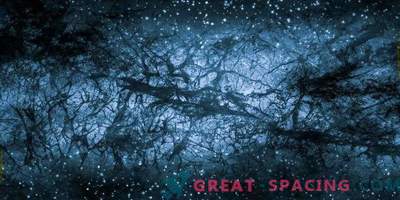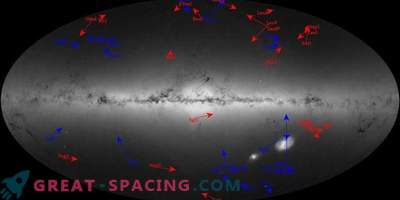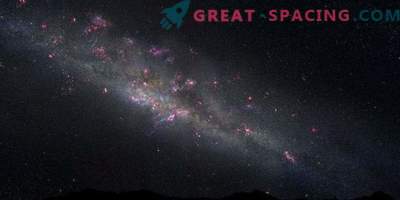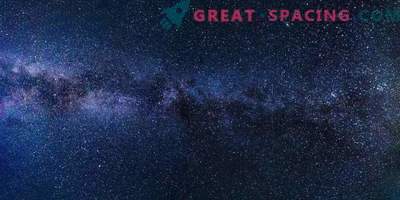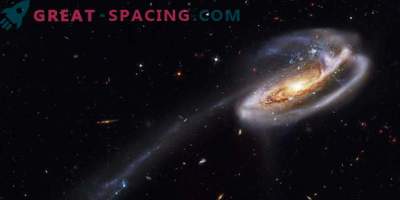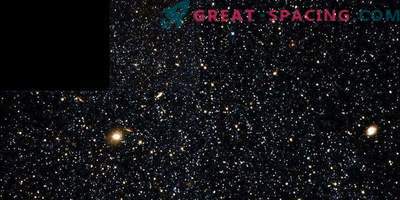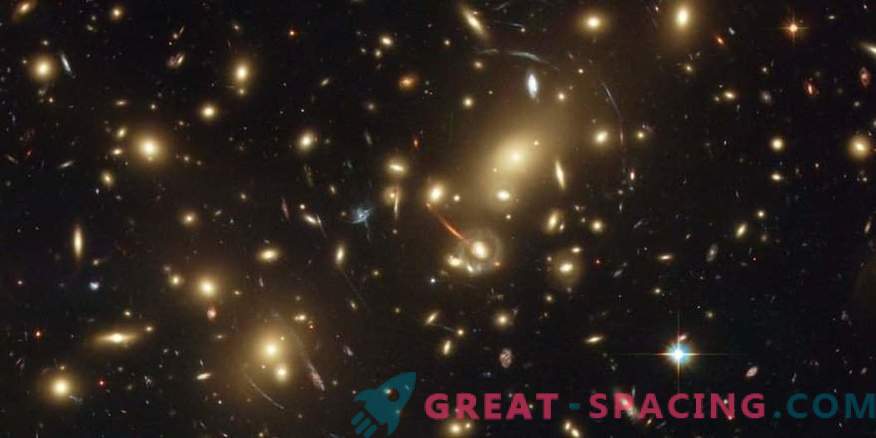
While the Sun moves inside the Milky Way, all the stars in other galaxies repeat this movement, but with different orbits. Some are endowed with a stable rotation, while others are chaotic. By comparing stars with different orbits, researchers can understand exactly how galaxies are created and developed. An international team of scientists for the first time received a direct orbital distribution of a galactic sample containing over 300 galaxies of the local Universe.
Galaxies are the largest ecumenical structures. Researchers study their development in order to understand the history of the whole space. The formation of the galaxy entails the hierarchical structure of dark matter halos along with the condensation of normal matter in the center of the halos, where stars are born.
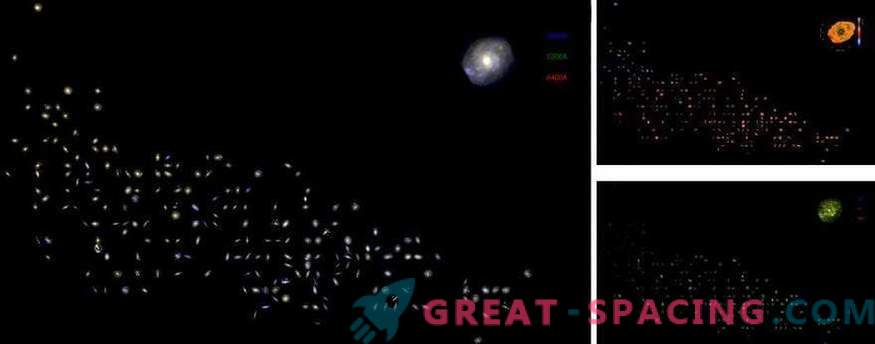
Stars emerging from a thin gaseous disk acquire near-circular orbital paths. But objects with random motion appear from a turbulent environment. As a result, the movement of stars in the galaxy reveals information about the original environment in which they were formed.
But the movement of each individual star was not observed in external galaxies. They are projected onto the observational plane as an image, and we cannot resolve discrete stars. Therefore, the CALIFA study focused on a new technique - integral field spectroscopy, capable of observing external galaxies so as to reflect the general motion of the stars. That is, we get the opportunity to create kinematic maps of each galaxy.
Then the researchers imposed stars on different types of orbits and created models for each galaxy. By setting constraints in the form of an observed image and kinematic maps, it is possible to determine the number of stars moving along various orbital paths for each galaxy. This method is called the distribution of the stellar orbit. Thus, the team managed to create models for 300 galaxies, displaying their common properties in the local Universe.
The maps show changes in the distribution of the galactic orbit, based on the total stellar mass of galaxies. Orbits with an orderly rotation stand out more brightly in galaxies with masses of 10 billion solar. But random movement is better seen in the most massive galaxies (100 billion solar masses).
Scientists have emphasized the importance of integral field spectroscopy, as well as projects like Califa. CALIFA analysis shows the observed orbital distribution in the modern universe. Therefore, a direct comparison with the simulated samples can be made.
